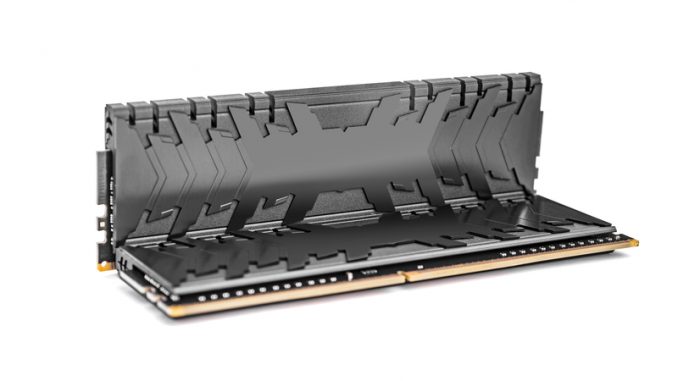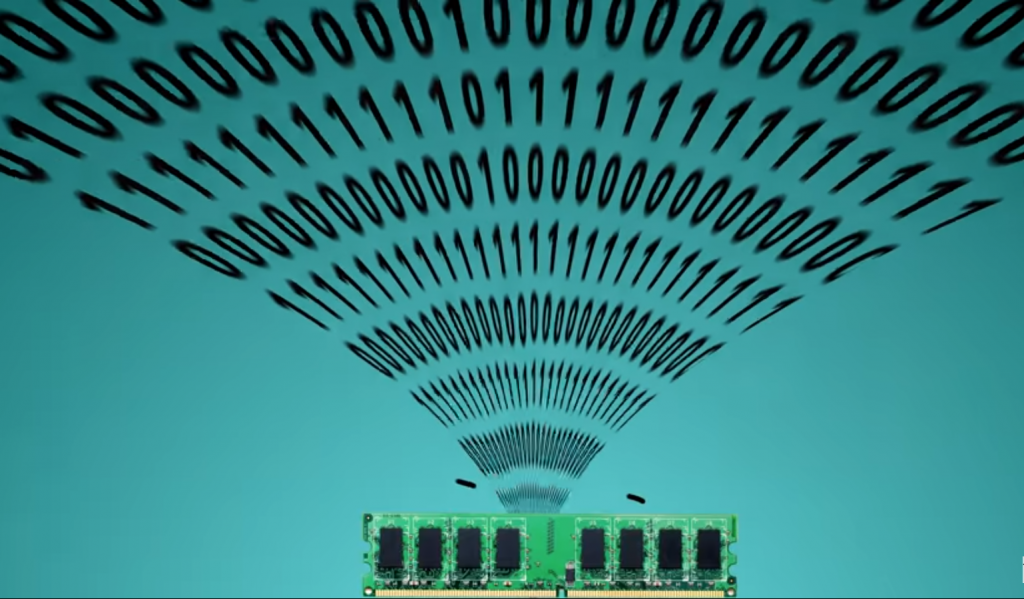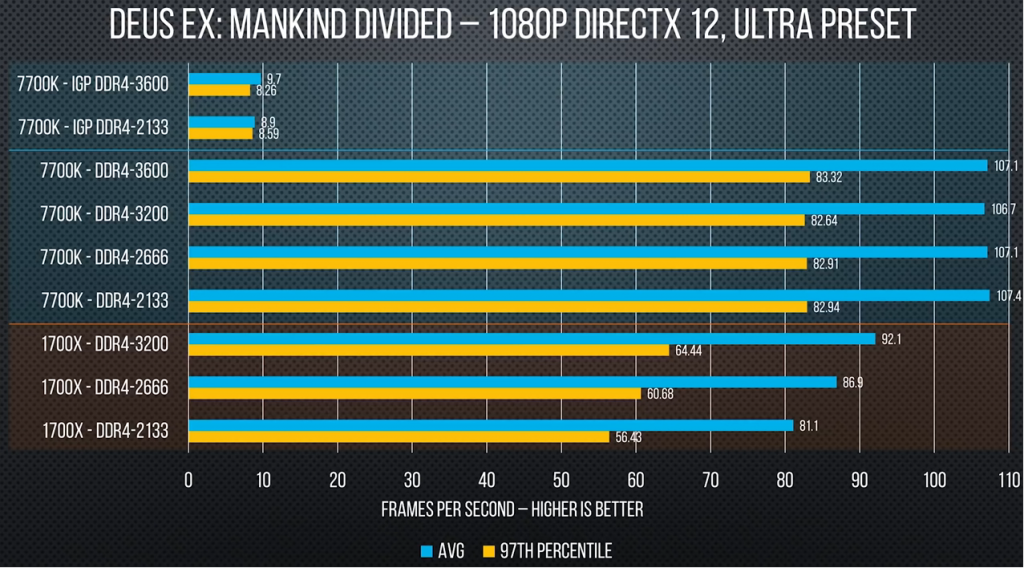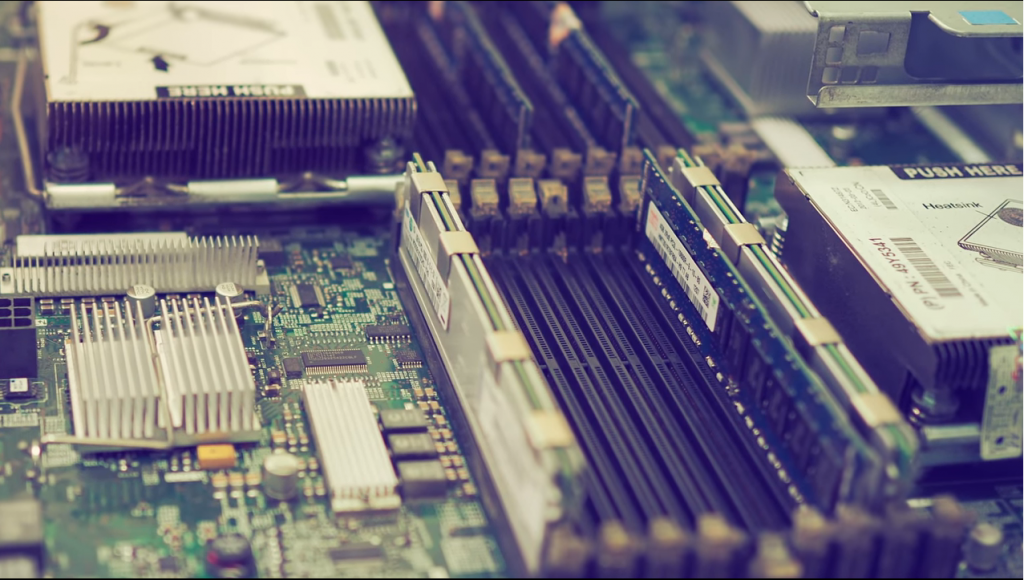
Memory for your computer might be something you don’t give a whole lot of thought to even if you’re an enthusiast. As long as you have enough of a compatible type, things will probably run the way you want them to, but making sure that folks do have enough is one of the key goals of the next revision of PC memory, DDR5, so named because five is one higher than four, and the JEDEC folks didn’t go to the same elementary school as Microsoft’s Xbox team. Seriously, though, the next revision of DDR memory does bring the expected increases in speed and the decreases in power consumption, but the big draw is just how much capacity manufacturers should be able to squeeze onto one chip.

DDR5 aims to have twice the density of DDR4, which is no mean feat, because packing that much memory into such a small space makes it more difficult to keep things stable due to like weird interactions that can happen between atoms, but it seems they found a way to do it, meaning that an individual DDR5 chip could contain up to 32 gigabits of data. But wait. Hold on a second. I mean, most of us with desktop computers have more memory slots than we actually need. I mean, it isn’t exactly difficult to put 16 gigs of RAM on a standard board, so why do we need another revision of DDR? Well, although DDR5 will undoubtedly be relatively expensive when it hits the market, over time it will make the per-gigabyte cost of RAM cheaper, and although RAM has historically been one of the more inexpensive components for PCs, recent DRAM shortages have resulted in price increases that have hung around for quite some time, so even if users find themselves needing just 8 or 16 gigs of memory, once DDR5 becomes widespread, they should be able to enjoy some savings.

DDR5’s improved speed will also bring benefits in certain scenarios. Now, RAM was kind of overlooked for a long time by PC enthusiasts, like me, simply because it didn’t give tangible performance gains in many applications, particularly in games, but there’s been a renewed interest in having speedy system RAM, as AMD’s Ryzen CPUs are known for being more affected by memory speeds than their Intel counterparts, with noticeable frame rate increases being reported in certain titles when you pair your CPU with faster RAM and a high-performance discrete graphics card. What kind of performance can we expect, then? Well, DDR5 frequencies are expected to clear 6,000 megahertz, which will be a huge improvement over the 3,200 megahertz max speed of the official DDR4 spec. This could end up helping AMD users a lot, and also any folks who are gaming on integrated graphics cards that leverage main system memory as VRAM, so laptop users, rejoice. This increased bandwidth will also come in handy in server and cloud applications. But when exactly will we reap these benefits?
Well, we could see DDR5 kits towards the end of 2019, believe it or not, but the first ones that hit the market will likely be aimed at the enterprise. Consumer-grade DDR5 probably won’t be available until 2020, and even then, we might still be in for a year or two transition phase before it becomes really widespread and more affordable.aw is just how much capacity manufacturers should be able to squeeze onto one chip. DDR5 aims to have twice the density of DDR4, which is no mean feat, because packing that much memory into such a small space makes it more difficult to keep things stable due to like weird interactions that can happen between atoms, but it seems they found a way to do it, meaning that an individual DDR5 chip could contain up to 32 gigabits of data. But wait. Hold on a second. I mean, most of us with desktop computers have more memory slots than we actually need.

I mean, it isn’t exactly difficult to put 16 gigs of RAM on a standard board, so why do we need another revision of DDR? Well, although DDR5 will undoubtedly be relatively expensive when it hits the market, over time it will make the per-gigabyte cost of RAM cheaper, and although RAM has historically been one of the more inexpensive components for PCs, recent DRAM shortages have resulted in price increases that have hung around for quite some time, so even if users find themselves needing just 8 or 16 gigs of memory, once DDR5 becomes widespread, they should be able to enjoy some savings. DDR5’s improved speed will also bring benefits in certain scenarios.
Now, RAM was kind of overlooked for a long time by PC enthusiasts, like me, simply because it didn’t give tangible performance gains in many applications, particularly in games, but there’s been a renewed interest in having speedy system RAM, as AMD’s Ryzen CPUs are known for being more affected by memory speeds than their Intel counterparts, with noticeable frame rate increases being reported in certain titles when you pair your CPU with faster RAM and a high-performance discrete graphics card. What kind of performance can we expect, then? Well, DDR5 frequencies are expected to clear 6,000 megahertz, which will be a huge improvement over the 3,200 megahertz max speed of the official DDR4 spec. This could end up helping AMD users a lot, and also any folks who are gaming on integrated graphics cards that leverage main system memory as VRAM, so laptop users, rejoice. This increased bandwidth will also come in handy in server and cloud applications.
But when exactly will we reap these benefits? Well, we could see DDR5 kits towards the end of 2019, believe it or not, but the first ones that hit the market will likely be aimed at the enterprise. Consumer-grade DDR5 probably won’t be available until 2020, and even then, we might still be in for a year or two transition phase before it becomes really widespread and more affordable.